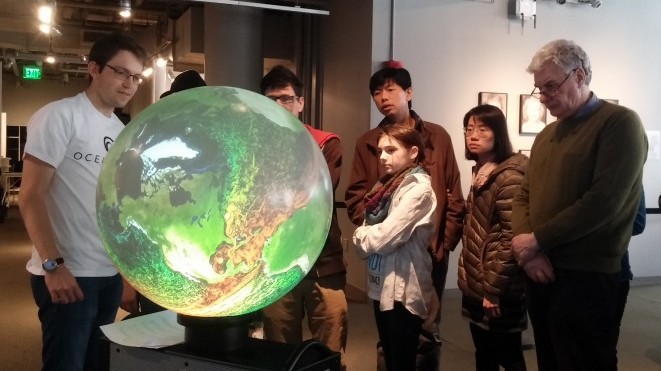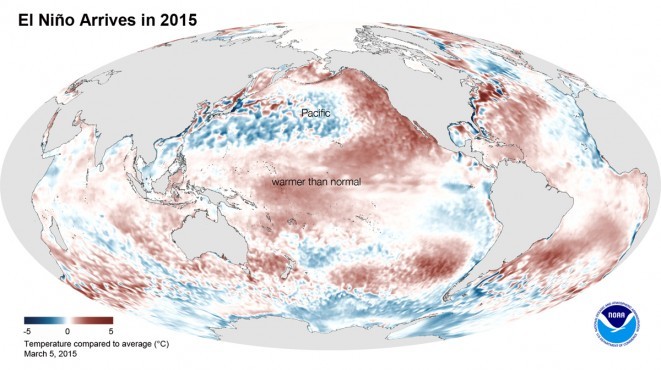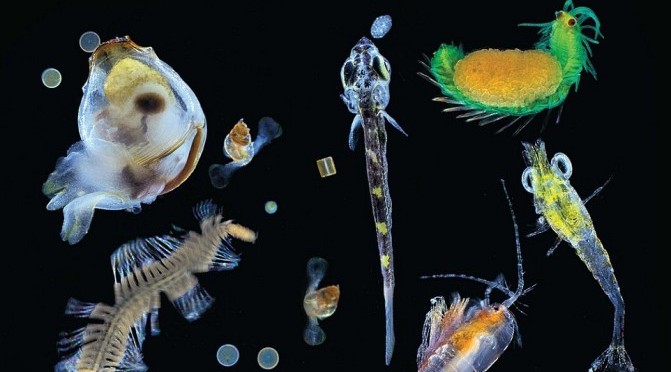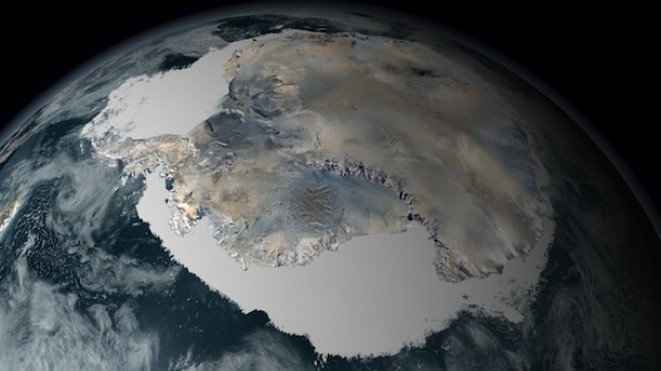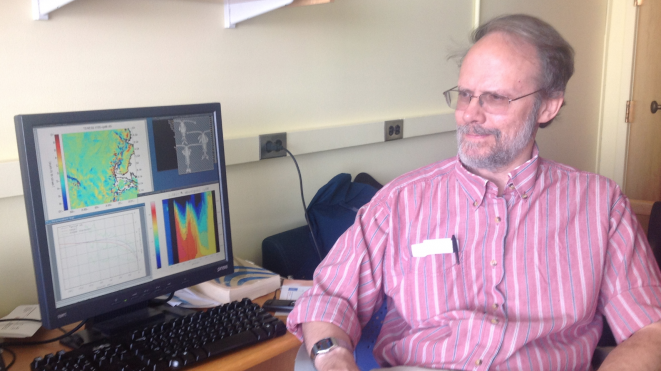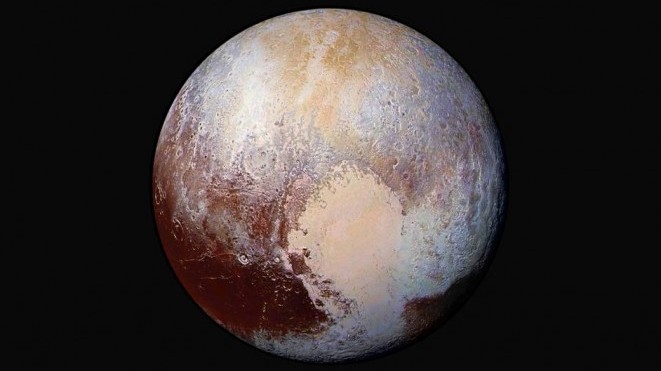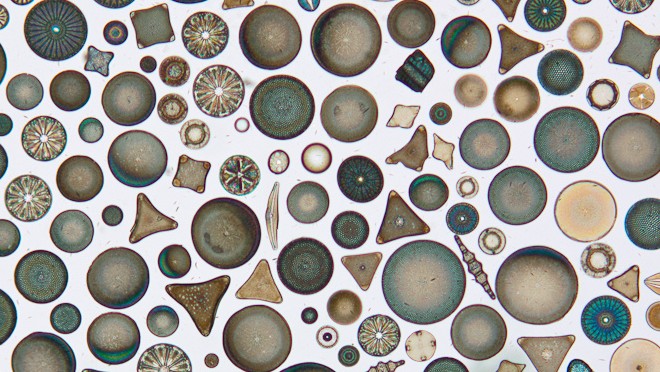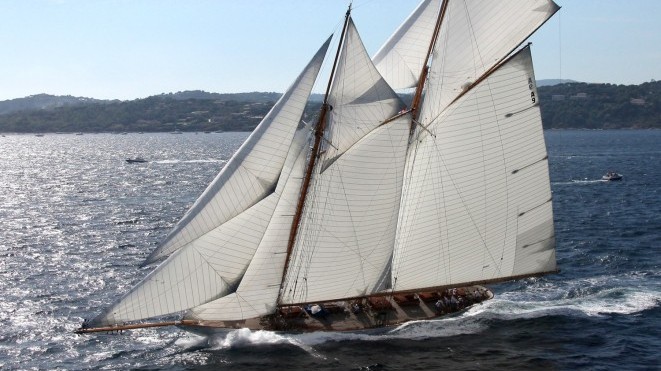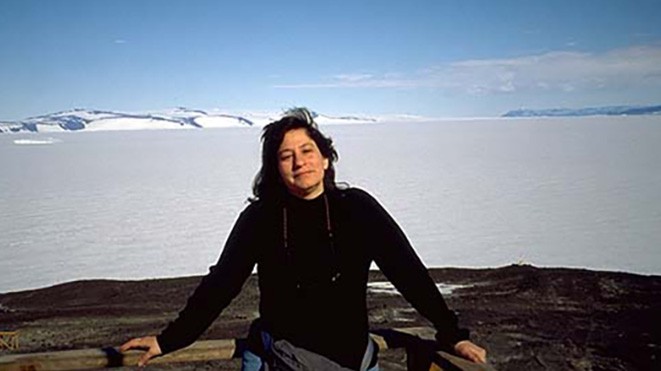Featured Stories | September 22, 2015
Oceans at MIT Summer Roundup 2015
By Cassie Martin
As summer ends, check out the Oceans at MIT stories you may have missed while on vacation. The summer of 2015 featured stories about this year’s intense El Niño event, a voyage around the world to uncover the ocean’s microscopic diversity, climate change in Antarctica, a journey back in time at MIT Museum, Pluto’s potential ocean and more. Read on!
Diving into Ocean Science at the 2015 Cambridge Science Festival: Oceans at MIT was thrilled to participate in the Cambridge Science Festival Ocean’s Day. Professors, postdocs, and graduate students from the MIT Department of Earth, Atmospheric and Planetary Sciences taught visitors about marine microbes , physical oceanography, climate, weather, and more!
4 Questions with David Battisti on El Niño and Climate Variability: El Niño is officially here, and will likely stick around until 2017 according to some scientists. But what does this mean for weather and climate? We asked Atmospheric Scientist David Battisti.
Uncovering Diversity in an Invisible Ocean World: Plankton are vital to life on Earth—they absorb carbon dioxide, generate nearly half of the oxygen we breathe, break down waste, and are a cornerstone of the marine food chain. Now, new research indicates the diminutive creatures are not only more diverse than previously thought, but also profoundly affected by their environment.
Study: Ocean Currents Change with Seasons: The strength of ocean currents change with the seasons, which have implications for both ocean life and climate according to a new MIT study.
A Matter of Time for Antarctic Sea Ice: There are many ideas as to why sea ice is shrinking in the Arctic and growing in Antarctica, but a prominent theory points to ozone—or lack thereof. Now, new research from MIT scientists provides a better understanding of ozone’s role and why sea ice continues to grow in a warming world.
For the Love of Physics: From Oceans to Other Planets: MIT Oceanographer Glenn Flierl’s passion lies in understanding the physics that shape life as we know it on Earth and other planets.
New Horizons Data Hint at Underground Ocean: Pluto’s heart could hold clues to the existence of an ocean, according to the latest data received from NASA’s New Horizons probe.
Rolling Stone Spotlights MIT Ocean Acidification Research: Highlighted study finds many phytoplankton species may die out and others may migrate significantly as ocean acidification intensifies.
The Hart of MIT’s Maritime Legacy: Behind the scenes at MIT Museum, curators of the extensive Hart Nautical Collection are bringing history to life in a new interactive online exhibit that will focus on the life and career of MIT alum Nathaniel Greene Herreshoff, widely considered the most influential boat designer in modern history.
You may also want to check out a few summer stories on the website of MIT’s Program in Atmospheres, Oceans, and Climate:
Susan Solomon on Lessons from the Ozone Hole: MIT Atmospheric Chemist Susan Solomon recounts how scientists, world governments, and the public worked together to stop the ozone hole from growing, and what we can learn from those actions that could be applied to the climate change problem.
Life on Mars Time: Humans may one day live on Mars, but how will we adjust to the time change, and how will our new environment redefine our concept of time? Graduate student and artist Sara Morawetz teamed up with NASA scientist Michael Allison to find out.



